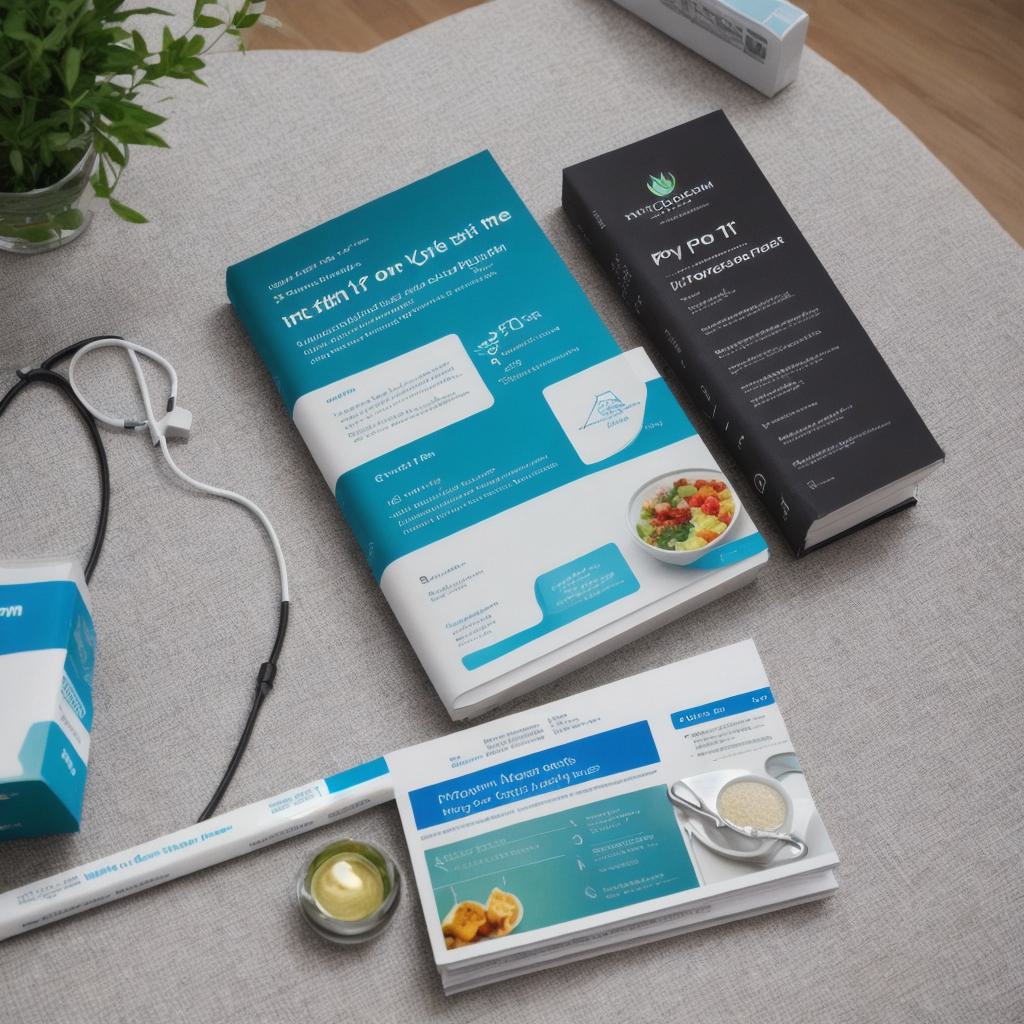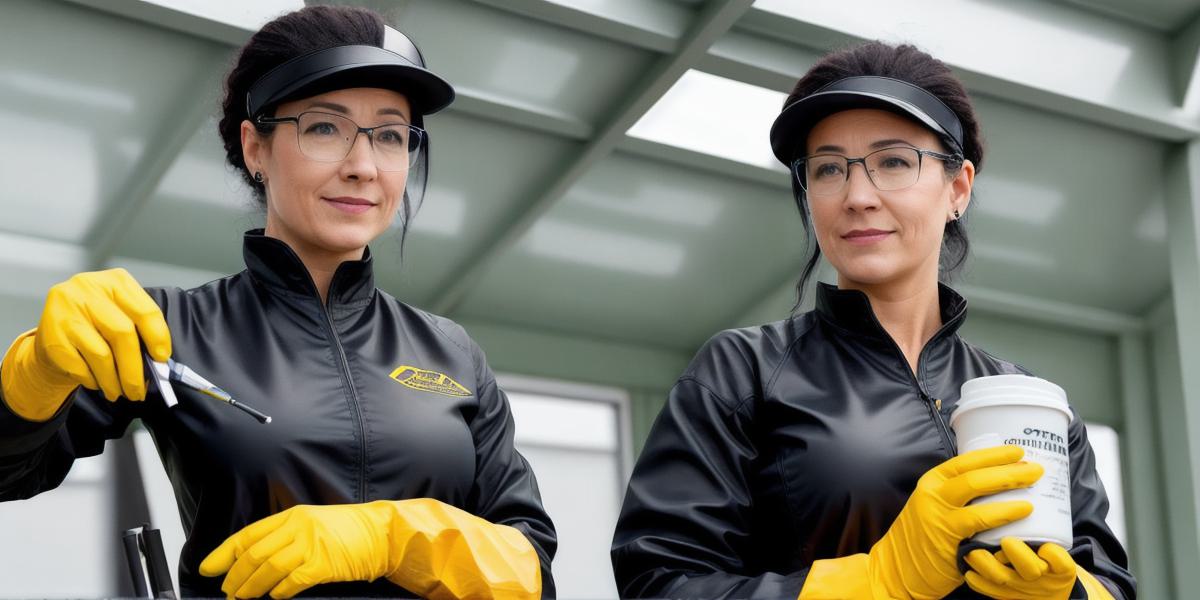Breast augmentation surgery is a popular choice for women seeking to enhance their natural beauty and boost self-esteem. However, this surgical procedure carries the risk of swelling and bruising around the breasts, which can be uncomfortable and unsightly. In this article, we will discuss some tips and tricks to reduce swelling and bruising after breast augmentation surgery.
- Wear Compression Garments: Compression garments are essential for post-surgery recovery as they reduce swelling and provide support to the breasts during healing. Wear compression garments for at least six weeks after your surgery. These garments help to hold the breasts in place, reducing the risk of infection and improving blood flow to the area.
- Take Prescribed Medications: Your surgeon may prescribe medication to reduce swelling and pain after breast augmentation surgery. Follow your surgeon’s instructions carefully and take these medications as prescribed. These medications help to reduce inflammation in the body, which can cause swelling around the breasts.
- Elevate Your Head When Sleeping: Swelling can be exacerbated when lying down or sitting for extended periods of time. To reduce swelling, sleep with your head elevated above the rest of your body as much as possible. This can help to reduce pressure on the breasts and promote proper blood flow to the area.
- Avoid Heavy Lifting: Heavy lifting puts additional strain on the breasts and causes further swelling. Avoid lifting anything heavy for at least six weeks after your surgery. This includes bags, groceries, and other items that may put too much stress on the chest muscles.
- Stay Hydrated: Drinking plenty of water is essential for overall health and recovery after breast augmentation surgery. Water helps to flush out toxins from your body and reduce swelling around your breasts. Aim to drink at least eight glasses of water per day and avoid sugary or caffeinated beverages that can contribute to dehydration.
- Exercise Gently: Gentle exercise can improve circulation and reduce swelling after breast augmentation surgery, but it’s important not to push yourself too hard. Low-impact exercises such as walking, yoga, or swimming are good choices for post-surgery recovery. These exercises help to promote healthy blood flow to the area and can reduce muscle tension around the chest.

Emily, a 32-year-old woman who recently underwent breast augmentation surgery, was initially worried about the swelling and bruising that she knew would occur after the operation. However, her surgeon reassured her that with proper care and recovery techniques, she would feel better in no time. Emily followed all of her surgeon’s instructions and saw that her swelling and bruising began to subside after just a few days. She felt comfortable enough to go out in public a week after the surgery.
It’s important to note that every woman’s experience with breast augmentation surgery is different, and recovery times may vary depending on individual factors such as age, health status, and type of implants used. However, by following these tips and tricks, you can promote a faster and more comfortable recovery after your breast augmentation surgery. It’s also important to listen to your body and seek medical attention if you experience any unusual symptoms or complications during the healing process.



